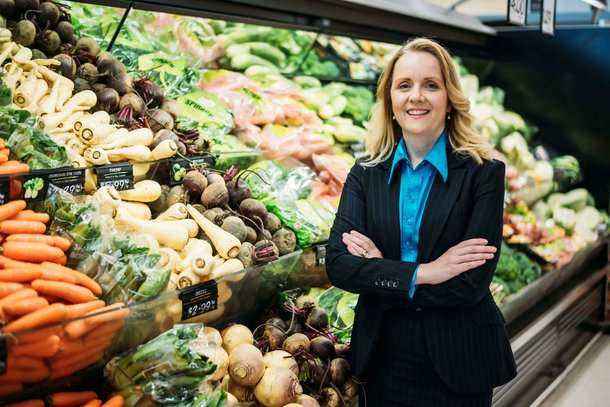
Calls for extra sugar labelling to show the amount of ‘added sugars’ in a product rather than just total sugars overlooks the science of food and nutrition, says the NZ Food and Grocery Council.
The call was made by Consumer NZ and the Dental Association ahead of the Australia and New Zealand Ministerial Forum on Food Regulation in Australia. Food Safety Minister Damien O’Connor attended the forum.
FGC Chief Executive Katherine Rich says making sure people know how much sugar is in packaged foods is important, which is why it’s been happening for decades. “Food companies already list the amount of total sugars per 100 grams and per serving in products. Sugars also have to be listed on the ingredients list. It’s all mandated by law.
“Listing-out added sugars as a subset of total sugars on a food label makes absolutely no difference. Sugars are sugars, and nutrition experts will tell you our bodies metabolise sugars the same way, whether they are naturally present in ingredients, for example in fruits or milk, or added via table sugar.
“It’s the total amount that matters overall because that’s what’s being consumed by people. It’s the total amount that many people need to reduce from all sources.
“Rather than helping consumers, such labelling would likely confuse people more and add extra cost to products from regular label changes. Sugar levels in fruits and vegetables change during the season, so manufacturers would be required to change labels regularly to accurately reflect any small variations in recipes, while the amount of total sugars remains consistent.
“Whether people actually read and follow labels is one of those things that will be debated forever, but one thing is agreed: many people need to cut down on their sugar intake and watch the amount they consume. In saying that, many people also need to cut down on their intake of salt and fat too, as well as get a whole lot more active.
“Rather than promote over-regulation and increase costs to consumers, the focus would be better spent on greater education for consumers so they can understand and use the existing information that’s already there on packs.
“Thinking about the amount of sugar and other calories consumed, making water the main source of refreshment, consuming treat foods only in moderation, and getting a whole lot more active are also important messages to keep repeating.”



